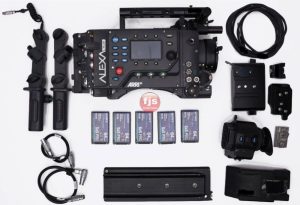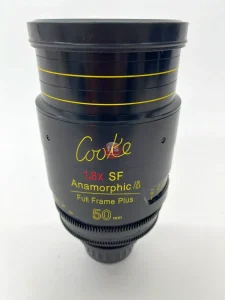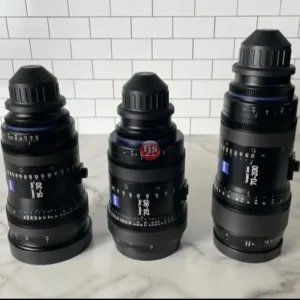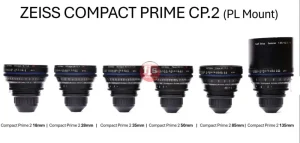If you’re looking for the best types of cinema lenses for your project, then this article is for you. I will be going over the different types of cinema lenses and how they can best be used in your film or video project.
1: Standard Lens
The standard lens is probably the most common type of cinema lens and it’s used for filming a wide variety of scenes. This lens is great for filming landscapes, close-ups, and general shots.
2: Wide Angle Lens
A wide angle lens is perfect for capturing expansive vistas or capturing a large portion of the scene. This lens is typically used for filming landscapes or interior shots.
3: Telephoto Lens
A telephoto lens is perfect for capturing distant objects or capturing a small portion of the scene from a far away perspective. This lens can be used to create unique shots or to capture specific details in your scene.
4: Fisheye Lens
A fisheye lens creates an ultra-wide angle view that can be quite dizzying to watch. This lens is typically used to create unique shots that are impossible to achieve with other lenses.
5: Anamorphic Lens
Anamorphic lenses create an expanded view of the image that is different from traditional cinema lenses. This lens is typically used for filming movies with a widescreen aspect ratio.
6: Cine-Tape Lens
Cine-Tape lenses are specially made cinema lenses that are used to capture high quality footage on tape. This lens is often used in low budget projects or for special effects shots.
7: Micro Four Thirds Lens
Micro Four Thirds lenses are a new type of cinema lens that are specifically designed for Sony cameras. This lens is perfect for capturing high resolution footage and has a number of special features that make it ideal for video and film projects.
8: Digital Cinema Lenses
Digital cinema lenses are a newer type of cinema lens that are specifically designed for digital cameras. These lenses have high resolution and a number of other features that make them perfect for video and film projects.
Conclusion
These are some of the most common types of cinema lenses that you can find. They each have their own advantages and disadvantages, so it is up to you which one best suits your project.







